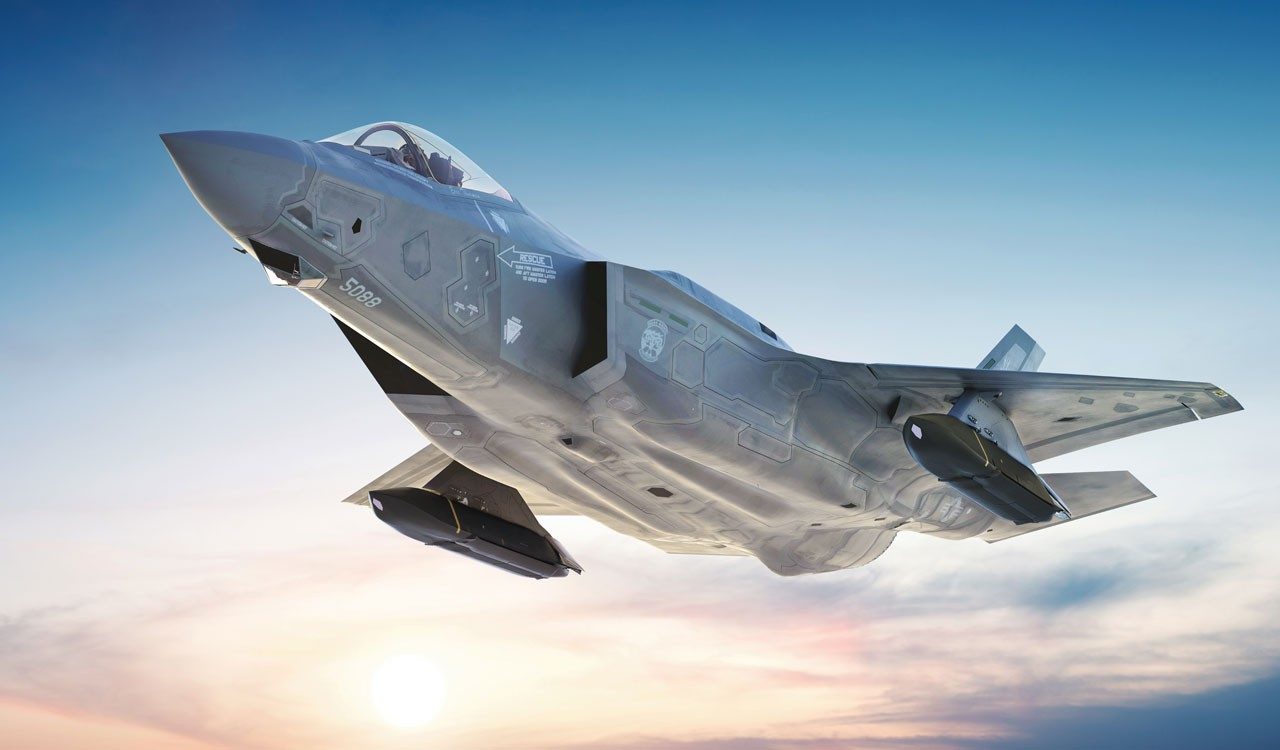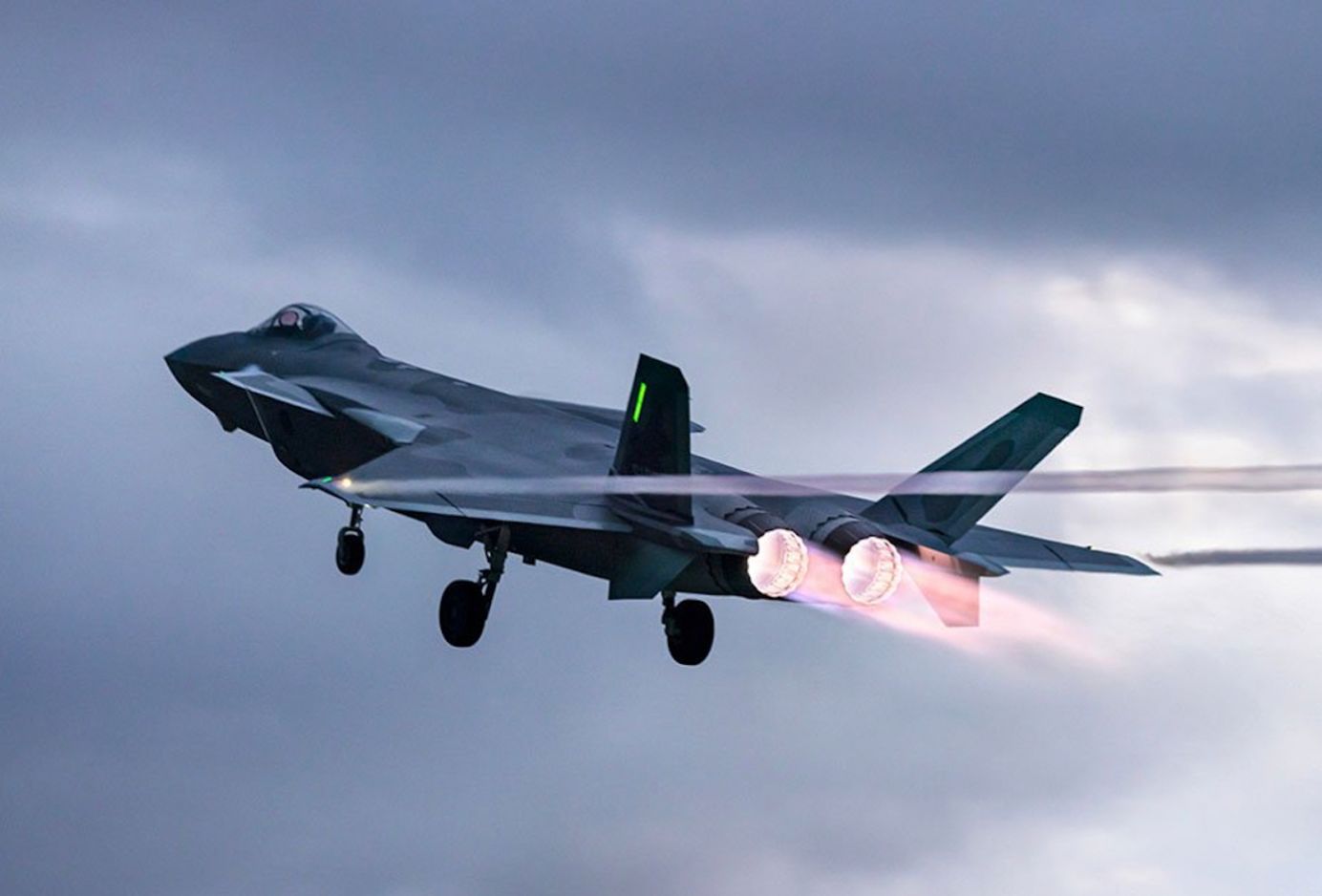Recently, a top US commander unveiled a “Hellscape” strategy to counter China. Admiral Samuel Paparo, the commander of US Indo-Pacific Command, told WP that should China invade Taiwan, it could encounter a formidable drone force that could make the invading military “miserable.”
General Kenneth Wilsbach, Commander of the Pacific Air Forces, argued in March 2022 that deploying “attritable” unmanned aircraft against Beijing would be more relevant than high-end stealth fighters like F-35s or F-22s.
While most military analysts have been banking on F-22s and F-35s to combat China and called Raptors (F-22) the biggest threat to Beijing, researchers in the country don’t appear to agree with Western experts.
In April last year, Chinese researchers compared US stealth fighters F-35 and F-22 and the threats they pose to the Chinese military. Interestingly, researchers called the F-35 Lightning II a more significant threat than the F-22 Raptors.
Despite the F-22’s reputation as the most lethal stealth aircraft, the findings indicate that the newer F-35 poses a more significant threat to the Chinese military in the Indo-Pacific region.
The study, published in the Chinese-language journal Modern Defense Technology, examined the threat posed by different US military aircraft during a penetrating counter-air operation at varying distances from China’s coastline.
The F-22 and F-35 aircraft were found to pose a “significant” threat to Chinese defenses throughout different stages of the operation. The study suggests that the F-35A will likely be more adaptable and efficient in any potential conflict in China’s nearby waters.
The research highlights the aircraft’s ability to perform multiple functions and its potential to carry out various missions as critical factors contributing to its superiority over the F-22. The Chinese researchers said, “The F-35A poses a greater threat than the F-22 due to its more advanced avionics systems and multirole capabilities.”
The F-35 fighter aircraft has emerged as a significant asset in the region due to its state-of-the-art technology, exceptional capabilities, and remarkable adaptability in various military operations.
The United States and its allies are already operating many F-35 fighter jets near China. However, unlike the F-35s, the F-22s are not widely available and are exclusively operated by the US Air Force. Additionally, due to their limited numbers, they are often deployed on a rotational basis.
More than 300 F-35s will be deployed in the Indo-Pacific region by 2035. Several nations, including Australia, Japan, Singapore, South Korea, and the US, are among the leading operators.
The deployment of these advanced fighter jets in large numbers is a testament to their significance and effectiveness in modern military operations.
How Does China Plan To Counter F-35s?
Bao Junchen from the National University of Defense Technology in Hefei led a team from the People’s Liberation Army’s Unit 31649 in Guangdong province and suggested a dual strategy to counter the threat.

With firsthand knowledge of Chinese military strategy and tactics, the authors propose that China improve its electronic warfare capabilities for “soft kill” actions and create physical weapons for “hard kill” responses.
Since the F-35A can serve as both a sensor for intelligence gathering and a primary escort for forward attacks, the study recommended using non-destructive (soft kill) and destructive (hard kill) attack methods against it.
Beijing views the US military’s concept of a penetrating counter-air operation as a significant threat. It is investing heavily in developing its military capabilities to counter Washington’s power projection in the Asia-Pacific region.
The United States maintains a considerable military presence in the Asia-Pacific region, with military bases in Japan, South Korea, and Guam.
Therefore, in the last few years, China has deployed a wide range of modern weapon systems, notably the HQ-9 missile system and the J-20 stealth fighter. Beijing has also increased the production of its J-20 stealth aircraft.

These weapons aim to counter the US strategy of penetrating air defenses and targeting high-value targets such as airfields and command and control centers. The researchers suggested that studying the F-22 and F-35 can help China develop effective countermeasures and protect its airspace.
The research also recommended a coordinated strategy to counter B-2 and B-1B bombers as they threaten China when infiltrating deeper into Chinese territory.
Moreover, the Chinese experts further recommended a multi-dimensional approach to attack incoming bombers using various weapons platforms simultaneously from air, land, sea, and space.
While the study found the MQ-9 drone less threatening, they warned against disregarding more advanced drones like the XQ-58A and RQ-180.
Nevertheless, the authors used an analytic hierarchy process (AHP) instead of artificial intelligence to assess each aircraft’s threat level, providing a more nuanced evaluation.
However, the raw data was not provided due to military sensitivity, making it difficult for other researchers to verify their findings.
- Contact the author at ashishmichel(at)gmail.com
- Follow EurAsian Times on Google News





